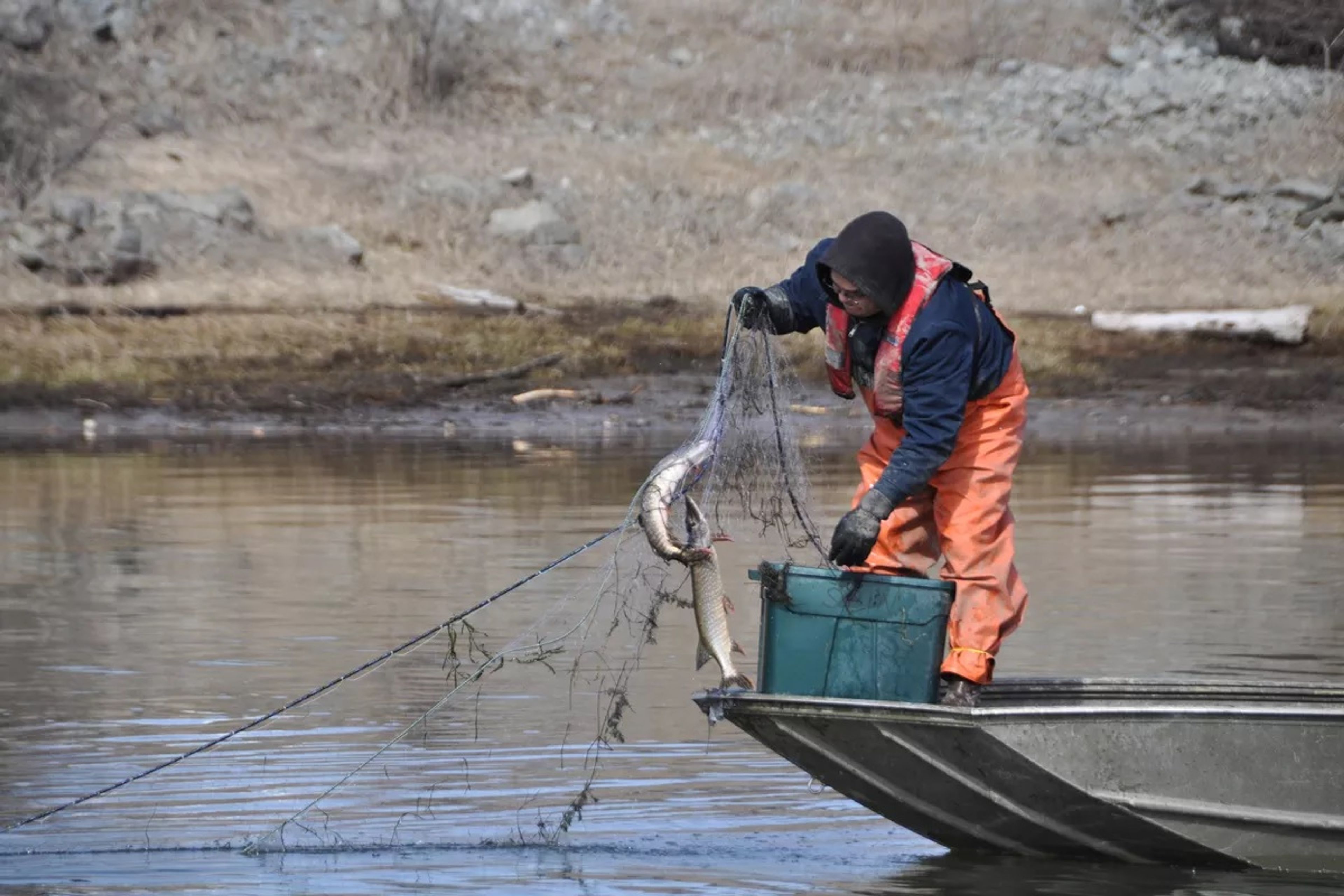Bulls, bucks still at a premium
While calf and fawn survival rates are up, one benign winter does not an ungulate recovery make
Big game populations in Washington’s District 3 benefited from a return to southeastern Washington’s normally mild conditions last winter.
That led to good rates of survival for elk calves and deer fawns, which will be available for hunters to pursue this fall. However, one mild year is insufficient time for the populations to fully rebound from losses associated with the harsh winter of 2016-17. According to the Washington Department of Fish and Wildlife’s 2018 hunting prospect report for District 3, hunters will continue to experience challenges launched by bad weather that year.
In the spring of 2017, aerial surveys tallied an elk population estimate of 4,396. That is lower than the five-year average of 5,360 and the Washington Department of Fish and Wildlife’s elk population objective of 5,500. The surveys are conducted every other year so did not happen this past spring.
Biologists did however conduct ground surveys to get an idea of the age and sex structure of the herds in southeastern Washington. Those results showed 24.6 calves per 100 cows, and 12.6 bulls per 100 cows. The calf-to-cow ratio is an improvement over the 17.8 calves per 100 cows recorded in 2017, but remains below the five-year average of about 30 calves per 100 cows.
The bull-to-cow ratio of 12.6 is well below the objective of 22:100. However, district biologist Paul Wik and assistant wildlife biologist Mark Vekasy noted in their annual hunting prospect report that ground surveys often underestimate the number of bulls because the older animals are more wary and difficult to see from the ground.
Despite the improvement in calf numbers, the biologists expect elk hunters may have a tougher time finding both spike and branch antlered bulls this fall. That is because there are fewer bulls in the overall population and because pregnancy rates were likely lower than average last year due to the decline in bull numbers in 2017.
“Although calf recruitment increased in 2018 over 2017 numbers, recruitment was still below average, and consequently populations available for harvest are expected to be lower than years prior to the 16-17 winter,” they wrote in the report. “We do expect to see a slight improvement over 2017 harvest, but a lower than average number of spike bulls is likely to continue into the 2018 hunting season.”
Deer
Wik and Vekasy wrote that deer populations in the region are stable, but just like elk, mule deer and whitetails suffered during the harsh winter of 2016-17, particularly along the Grande Ronde River. That reduction was shown in lower-than-average harvest in the fall of 2017.
“Although the winter of 2017-18 was relatively mild, we expect the effect of the previous winter to carry over into the 2018 hunting season, due to poor fawn survival and recruitment. We don’t expect harvest metrics to rebound towards long-term averages until the 2019 season.”
They said that a one-two punch of drought in 2015 and the harsh winter in 2016-17 has led to a decrease in the number of three-point and better bucks in the population.
In addition, a recent scaling back of the number of farm fields enrolled in the federal Conservation Reserve Program could lead to a future with lower mule deer numbers.
Pheasants and upland birds
Wik and Vekasy wrote that pheasant and quail populations have been stable in their region for several years.
This spring generally saw conditions that were not unfavorable to successful hatches and broods. However, the good spring conditions were followed by a hot and dry summer.
Nonetheless they predict pheasant hunting is likely to be similar to what hunters have experienced over the last several years.
Barker may be contacted at ebarker@lmtribune.com or at (208) 848-2273. Follow him on Twitter @ezebarker.
More online
More detailed information is available in the District 3 Hunting Prospects report at https://wdfw.wa.gov/hunting/prospects/2018/district03.pdf.











